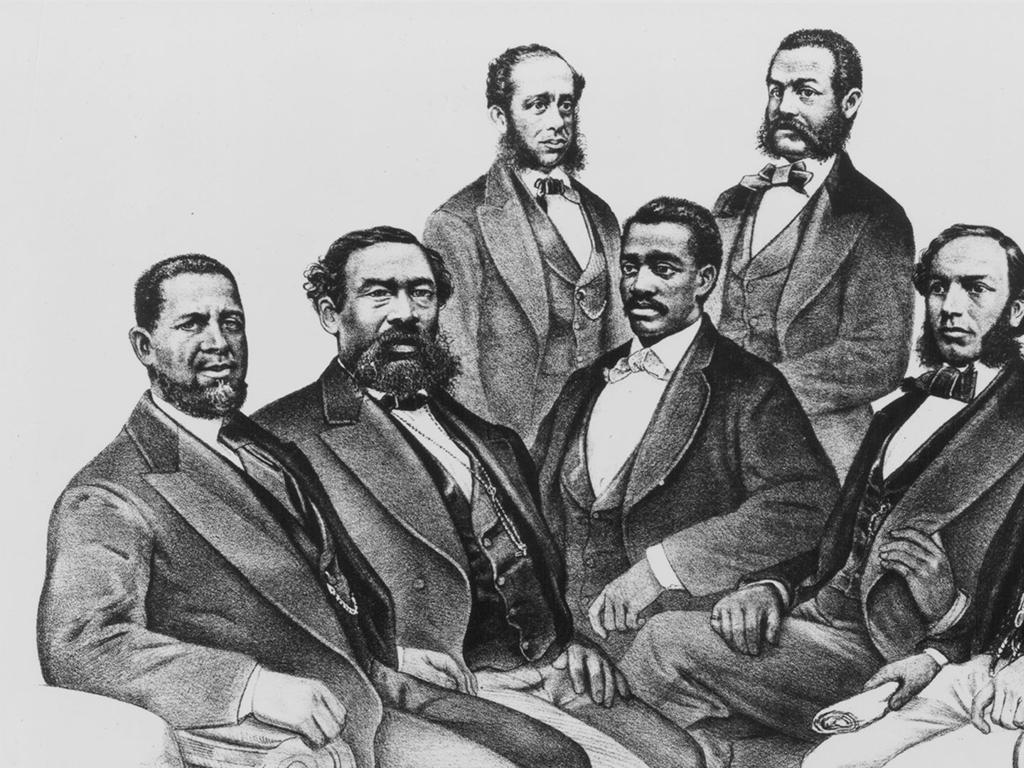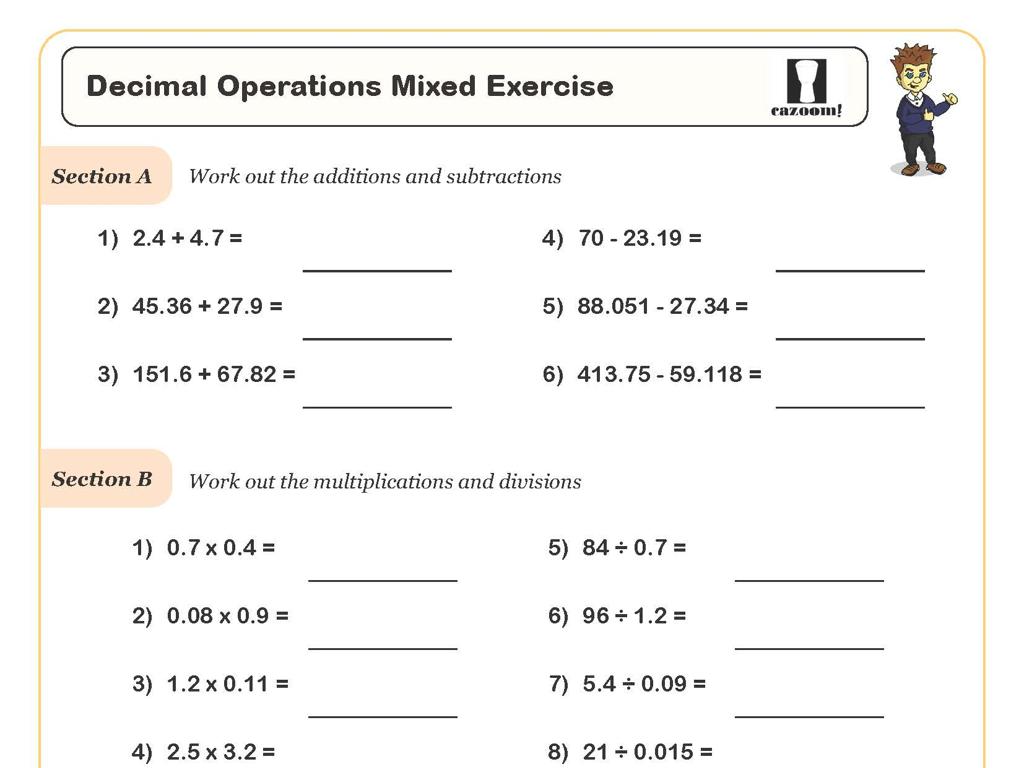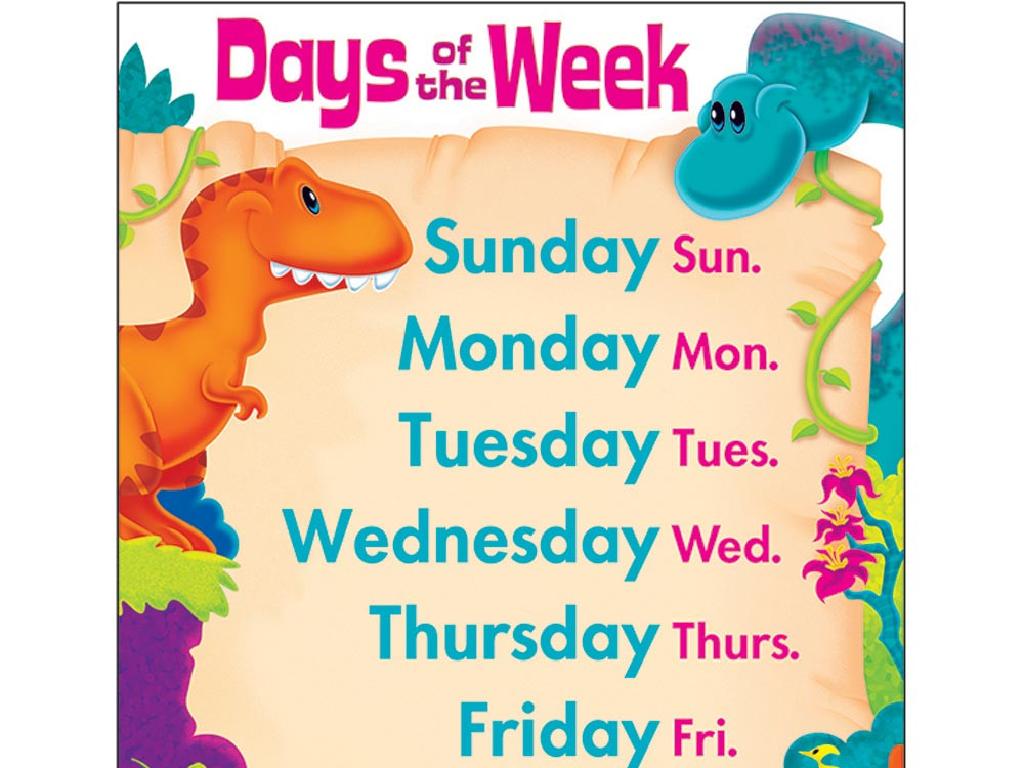Identify And Correct Errors With Plural And Possessive Nouns
Subject: Language arts
Grade: Eighth grade
Topic: Nouns
Please LOG IN to download the presentation. Access is available to registered users only.
View More Content
Welcome to Nouns: Plural & Possessive Mastery
– Greet and introduce the noun topic
– Today’s focus: Plural & Possessive Nouns
– Understand how nouns change in number and ownership
– Significance of mastering nouns
– Nouns are building blocks in the structure of language
– Engage with examples & activities
– Real-world examples and class exercises will illustrate concepts
|
Begin the class with a warm welcome and an engaging introduction to the topic of nouns, setting a positive tone for the lesson. Today’s lesson will concentrate on plural and possessive nouns, which are crucial for students to master as they form the foundation of effective communication. Emphasize the importance of understanding nouns, as they are essential for constructing clear and correct sentences. Throughout the lesson, use relatable examples and interactive activities to reinforce the concepts. Encourage students to participate and ask questions to ensure a thorough understanding of how to identify and correct errors with plural and possessive nouns.
Exploring Nouns: Types and Examples
– Define nouns in language
A noun is a word that names a person, place, thing, or idea.
– Singular noun examples
For instance, ‘dog’, ‘teacher’, ‘school’ represent singular nouns.
– Differentiate common and proper nouns
Common nouns are general names, proper nouns are specific names.
– Usage in sentences
|
Begin the lesson by defining nouns and their role in sentences as the subject or object. Provide clear examples of singular nouns, emphasizing that they refer to one item. Then, explain the difference between common nouns (general names like ‘city’, ‘book’) and proper nouns (specific names like ‘New York’, ‘Harry Potter’). Use examples in sentences to illustrate proper capitalization and context. Encourage students to identify nouns in their favorite books or movies as a practical exercise. This foundation is crucial for understanding pluralization and possession in upcoming lessons.
Mastering Plural Nouns
– Forming Plural Nouns
– Regular Plurals: Add ‘s’ or ‘es’
– Most nouns become plural with ‘s’ (dog/dogs), or ‘es’ for ch, sh, s, x, or z (church/churches).
– Irregular Plurals: Word changes
– Some nouns change entirely (man/men) or have a vowel change (foot/feet).
– Irregular Plurals: No change
– A few nouns remain the same (deer/deer).
|
This slide aims to clarify the rules for forming plural nouns, which is a key concept in grammar for eighth graders. Start by explaining that plural nouns indicate more than one of something. Then, differentiate between regular plurals, which typically just add ‘s’ or ‘es’, and irregular plurals, which can change in more complex ways or not at all. Provide examples for each type to solidify understanding. Encourage students to think of their own examples and to be aware of these rules when writing. This foundational knowledge will help them avoid common mistakes in their writing.
Mastering Possessive Nouns
– Define possessive nouns
– A noun that shows ownership, e.g., ‘dog’s leash’, ‘teachers’ lounge’
– Apostrophes in singular & plural
– Singular: add ‘s (dog’s). Plural: add ‘ after s (dogs’)
– Plural vs. possessive forms
– Plurals add s/es, possessives add apostrophe + s (‘s or s’)
– Practice with examples
|
This slide aims to clarify the concept of possessive nouns for students, highlighting the use of apostrophes to denote ownership. Start by defining possessive nouns and providing clear examples. Emphasize the difference in apostrophe placement between singular and plural possessive forms, and the distinction between simple plurals and possessive forms. Include practice examples for students to apply these rules, such as converting a list of singular and plural nouns into their possessive forms. Encourage students to create sentences using possessive nouns to reinforce their understanding.
Common Errors with Plurals
– Pluralizing compound nouns
– For compound nouns, make the most significant word plural e.g., ‘mothers-in-law’.
– Avoiding double plurals
– Don’t add an extra ‘s’ to words that are already plural e.g., ‘classes’, not ‘class’s’.
– Special rules for certain nouns
– Some nouns have irregular plurals, like ‘children’ not ‘childs’.
|
This slide aims to address frequent mistakes students make when forming plural nouns. Emphasize the correct way to pluralize compound nouns, often a point of confusion. Highlight the error of creating double plurals, which is a common mistake. Discuss special pluralization rules, such as irregular nouns that don’t follow standard pluralization patterns. Provide examples for each point to solidify understanding. Instruct students to create their own examples and bring them to the next class for discussion, reinforcing the lesson through practice.
Common Errors: Plural vs. Possessive Nouns
– ‘Its’ vs. ‘It’s’: Understanding the difference
– ‘Its’ shows possession, ‘It’s’ is a contraction for ‘it is’ or ‘it has’.
– Possessives with irregular plurals
– Words that don’t follow regular plural forms, like ‘children’s toys’ not ‘childrens’s’.
– Forming possessives with names ending in ‘s’
– Add only an apostrophe to names ending in ‘s’ to show possession, e.g., ‘James’ book’.
– Practice correcting common mistakes
|
This slide aims to clarify common confusions between plural and possessive forms of nouns, especially with irregular cases. Start by explaining the difference between ‘its’ (possessive form of ‘it’) and ‘it’s’ (contraction for ‘it is’ or ‘it has’). Highlight that possessive forms are used to indicate ownership and do not require an apostrophe when the plural is irregular, such as ‘children’s’ instead of ‘childrens’s’. For names ending in ‘s’, teach students to add only an apostrophe after the ‘s’ to make it possessive. Provide examples and exercises to practice these rules, ensuring students can identify and correct errors in their writing.
Let’s Practice: Plural & Possessive Nouns
– Identify plurals and possessives in sentences
– Look for nouns ending in ‘s’, ‘es’, or apostrophe
– Correct errors in paragraphs
– Find and fix incorrect noun forms in given texts
– Create your own noun examples
– Use what you’ve learned to make new sentences
– Share and discuss with the class
|
This slide is designed for a class activity focused on reinforcing the students’ understanding of plural and possessive nouns. Begin by having students identify plural and possessive nouns within given sentences, paying attention to the endings such as ‘s’, ‘es’, or the use of an apostrophe. Then, provide sample paragraphs with intentional errors for students to correct, which will help them apply their knowledge in a practical context. Encourage students to create their own examples of sentences using plural and possessive nouns, and finally, have them share their sentences with the class to foster a collaborative learning environment. This activity will help students recognize and correct common mistakes, and the sharing component will allow for peer learning.
Group Activity: Plural & Possessive Nouns
– Group task: Correct story errors
– Share corrections with the class
– Discuss the importance of accuracy
– Proper noun usage ensures clear communication.
– Reflect on the activity
– Think about how the errors changed the story’s meaning.
|
This class activity is designed to engage students in collaborative learning. Divide the class into small groups and provide each with a short story containing deliberate errors in the use of plural and possessive nouns. Students will work together to identify and correct these errors. Afterward, each group will present their corrected sentences to the class, fostering a discussion on the importance of correct noun usage. Emphasize that accurate use of language is crucial for effective communication and avoiding misunderstandings. Conclude with a reflection on how the errors could potentially alter the meaning of the story and the importance of proofreading in writing.
Wrapping Up: Plurals and Possessives
– Recap: Plural vs. Possessive Nouns
– Review the rules we’ve learned for making nouns plural and possessive.
– Homework: Practice Worksheet
– Complete the worksheet to reinforce today’s lesson.
– Keep up the great work!
– Goodbye and good luck!
|
As we conclude today’s lesson, remind students of the key differences between plural nouns (which indicate more than one) and possessive nouns (which indicate ownership). For homework, assign a worksheet that provides a mix of exercises on plural and possessive nouns to solidify their understanding. Offer words of encouragement to motivate them to continue practicing and acknowledge their efforts so far. As you bid farewell, remind them of the importance of these grammar concepts in their writing and encourage them to bring any questions they have to the next class.





